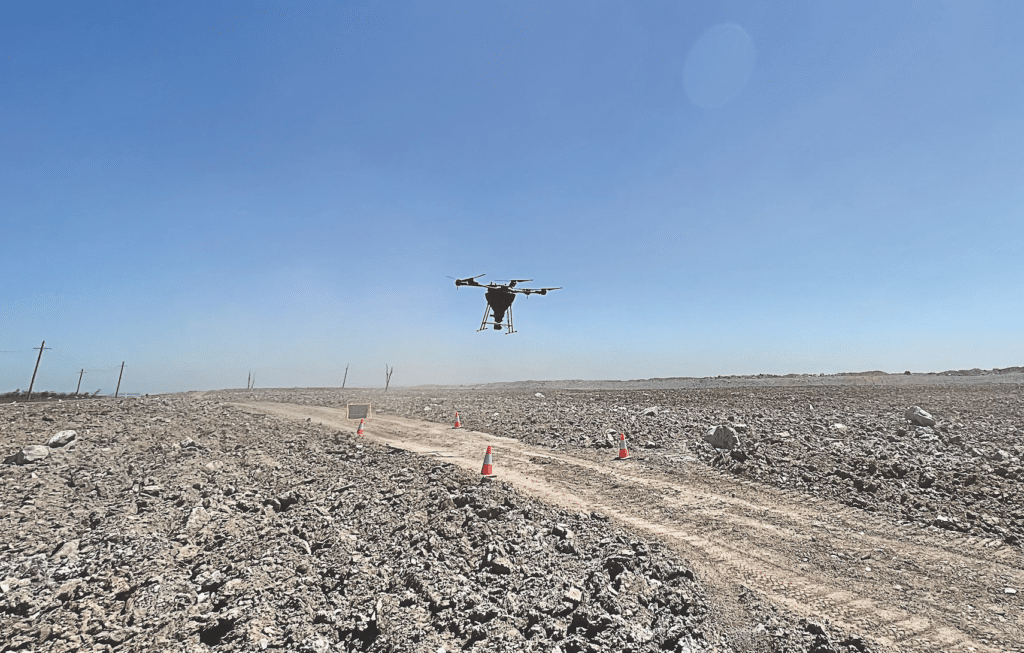Batchfire: Cool and collected with Cummins PGXL
Cummins’ Australian-made PGXL coolants are widely accepted in the mining industry, providing protection across all diesel engine brands.
In supporting remote mine operations, Cummins provides a well-established bulk coolant delivery service, eliminating the need for miners to manage their coolant inventory.
Cummins takes care of all the logistics, delivering the coolant directly to the minesite. The PGXL production facility in Melbourne has the capacity to deliver 30 million litres of coolant per annum, so supply is readily available.
Within the PGXL product line-up, Cummins offers two coolant technologies: PGXL HD and PGXL Vital.
Both of technologies are propylene glycol-based coolants which provide heat transfer while being a safer option (than ethylene glycol) for product handling and the environment in that they are low toxicity and biodegradable.
Both products are life-of-engine coolants and each offers its own set of benefits in engine and radiator protection to suit the wide-ranging operational requirements of customers.
Batchfire experience
Queensland miner Batchfire Resources has been using PGXL HD coolant since 2018, with bulk deliveries being made to the Callide Mine by one of the country’s most reputable fleets – Emerald Carrying Company.
The PGXL HD coolant is used across all mobile equipment at the mine which encompasses more than 130 pieces of equipment, including Cummins and Caterpillar-powered machinery.
Classed as an extended life coolant, PGXL HD has proven this classification valid at the mine.
“It’s an easy coolant to deal with,” Batchfire superintendent – maintenance and engineering for mobile equipment Daniel Boal said.
“If everything goes well and we don’t have an issue such as a blown coolant hose, we’re looking at coolant life of up to 30,000 hours depending on duty cycle and when engine changeout occurs.”
The latest haul trucks – Komatsu 930-5 units with Cummins Tier 4 QSK60 MCRS engines rated at 2700 horsepower (hp) – coolant/engine changeout is at 30,000 hours, while the Komatsu PC7000 excavators with dual 1675 hp Cummins QSK50 MCRS engines have a coolant/engine changeout target of 20,000 hours.
“We haven’t had any coolant-related issues across the different engine brands we’re operating,” Boal said, pointing out that engine teardowns at Callide have shown PGXL HD to provide the required protection against cavitation (liner pitting), corrosion and scale formation.
“We’ve found it important to use the one coolant brand across all machinery and to stay with that brand to achieve consistency of water pump seal life and coolant performance in general,” Boal said.
Cummins’ service support at Callide Mine – headed up by product support representative Sam van Leeuwen, who works out of the Cummins Emerald branch – also underpins the use of the Cummins coolant.
Boal rates Cummins’ support highly.
“Nothing is going to be perfect, but Cummins’ support is as good as you can get, it makes a big difference,” he said.
The PGXL range is fully supported by an industry-leading non pro-rata warranty and can be used across a range of original equipment brands, such as Cummins, Caterpillar, Detroit Diesel, mtu, John Deere, Mercedes, Volvo and Waukesha.
Source: https://www.australianmining.com.au/batchfire-cool-and-collected-with-cummins-pgxl/


Jobs in Mining Australia does not receive any funding to operate its business. All profits are used to improve the service we offer to Jobseekers.
USEFUL LINKS
FOLLOW US
STAY INFORMED
You need a helping hand with your project?
We will get back to you as soon as possible
Please try again later
CONTACT US
Contact Us
We will get back to you as soon as possible.
Please try again later.
All Rights Reserved | Jobs In Mining Australia
Powered with 💛 by Shazamme
